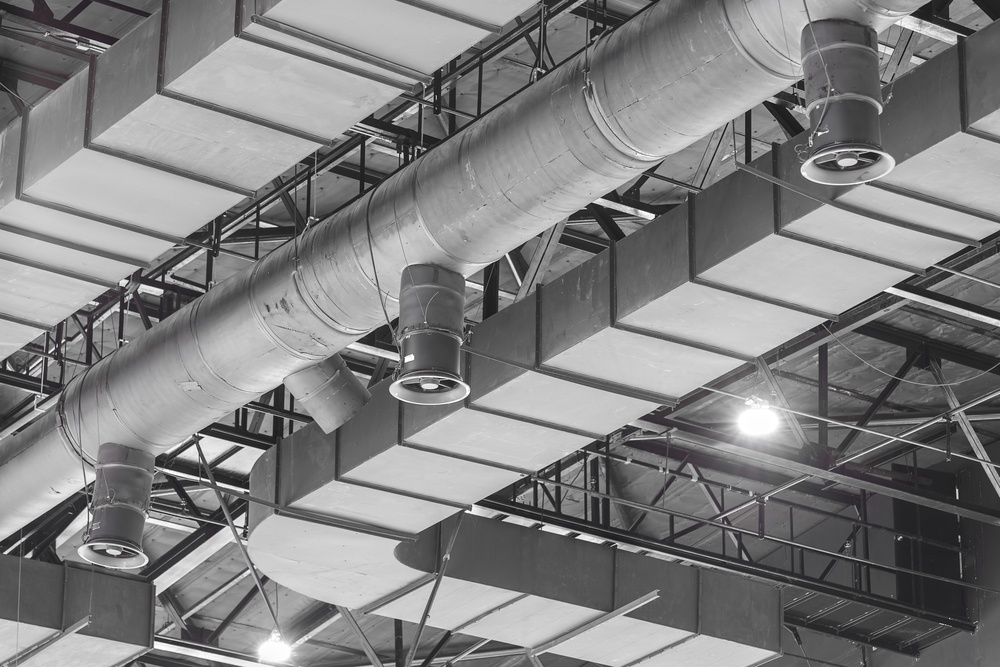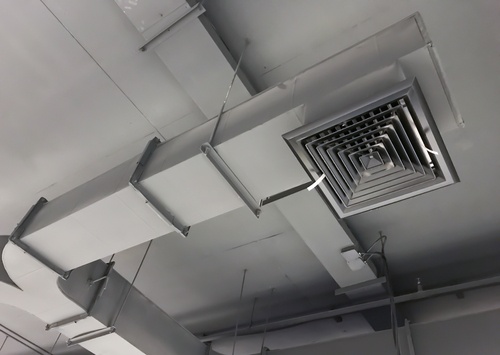Importance of Keeping Your Air Ducts in Good Working Condition

Air ducts are often hidden from sight in residential and commercial buildings, and performance issues may stay undetected. Deficiencies in air duct systems reduce the effectiveness of heating and cooling equipment, while driving up energy expenses. Air duct issues also have a negative effect on indoor air quality.
HVAC performance can be improved by using high-efficiency heating and cooling equipment, complemented with automatic controls to boost energy savings. However, heating and cooling can only be delivered effectively if the air duct system of a building is in good condition.
Some common problems that affect air ducts are poor insulation, noise, vibration, dust accumulation, mold and air leaks. However, an inspection of professional engineers is strongly recommended before performing any work on your air ducts: if they are not handled properly, existing issues can worsen instead of being fixed.
Improve the performance of your air ducts and save energy.
How Air Leaks in Ductwork Waste Energy
Space heating and air conditioning consume plenty of energy, and air ducts connect HVAC equipment with indoor spaces. As a consequence, all the air that leaks out after being heated or cooled represents a waste of energy. The opposite also applies: unconditioned air may leak into ducts, working against heating and cooling equipment, while also introducing pollutants. An HVAC system can only perform optimally if air ducts are sealed off from unconditioned spaces.
Even if air ducts are properly sealed, adequate insulation is also important. A poorly-insulated air duct also wastes heating and cooling capacity, even if air leaks are minimized. An effective strategy is placing air ducts inside conditioned spaces, since this minimizes the temperature difference across the duct walls. However, visible ducts have a negative effect on the appearance of some indoor spaces, and this approach is not always viable.
Insulation and air sealing provide a significant boost to the energy performance of air ducts. Air tightness also improves indoor air quality, since unconditioned air from crawl spaces can no longer leak into the duct system. However, there are additional issues that may affect HVAC performance and air quality if left unattended.
Keeping Air Ducts Clean of Dust and Mold
Since air ducts connect multiple indoor spaces, they can spread contaminants accumulated in their interior walls. There are also cases where the duct system is clean, but the respective air handler is not.

Mold is notorious for its ability to grow hidden from sight, and it can affect the interior surfaces of air ducts. Since mold requires moisture to grow, mold issues inside a building indicate that air humidity is not being removed properly. However, don’t assume any dark substance on the interior walls of air ducts is mold - get a professional inspection and adequate laboratory tests.
Sheet metal air ducts can be cleaned if they are affected with mold. However, fiberglass air ducts and insulation are porous, and any sections affected by mold must be replaced completely. Even though mold dies off when air humidity is lowered, it cannot be removed effectively from porous materials. In addition, dead spores and mold particles can also cause irritation and allergic reactions.
Importance of an Adequate Ventilation Design
The performance of air ducts is also influenced by the air handlers connected to them. Even if you have insulated, air-tight and clean ducts, you can have noise and vibration issues due to oversized or poorly supported air handlers.
After making sure your air handlers have the right capacity and equipment supports, performance can be enhanced further by adding the following measures:
- Demand controlled ventilation (DCV), which consists on adjusting airflow according to occupancy. Significant energy savings are achieved, since fans only operate at full power when needed.
- Energy recovery ventilation (ERV), which consists on exchanging heat between the air supply and air exhaust of the ventilation system. This can achieve both cooling savings and heating savings.
Design Standards for Air Ducts
The industry authority for air duct design in the USA is the Sheet Metal & Air Conditioning Contractors’ National Association, or SMACNA. They have published standards for both metallic and fiberglass air ducts:
- SMACNA/ANSI-2005 HVAC Duct Construction Standards - Metal and Flexible
- SMACNA-03 Fibrous Glass Duct Construction Standards
When dealing with air duct requirements, local building codes normally integrate these national standards. The best recommendation to ensure code compliance is working with a qualified MEP engineering company.

Anuj Srivastava
Anuj Srivastava is a principal partner at NY Engineers. He is known for his MEP franchise market knowledge. Anuj is currently leading a team of 100+ MEP/FP engineers and has successfully led over 1500 franchise projects in the US.
Join 15,000+ Fellow Architects and Contractors
Get expert engineering tips straight to your inbox. Subscribe to the NY Engineers Blog below.



